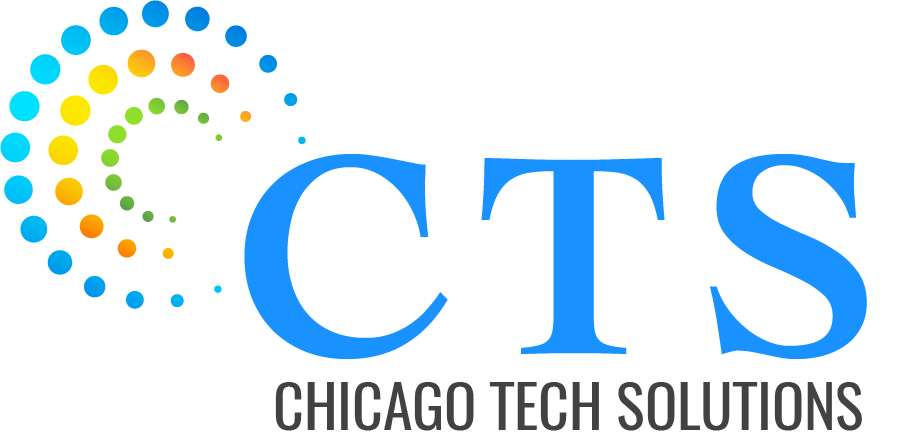If you have a website then you know it takes a world of effort to build an efficient SEO (Search Engine Optimization). Having good SEO is the first step towards success because the rest of the steps involve keeping ‘track of your SEO’. Persistent improvements, customer retention, quality of the brand, and successful SEO covers almost every need of your website.
When you are making changes on your page, you must keep an eagle’s eye on metrics like conversions, page visits, bounce rate, and more. Monitoring these changes will allow you to understand what people prefer, what type of content they expect, and other future directions. For tracking any result, the endpoint ( goal ) should be set prior.
There are some simple evaluation techniques through which you can keep track of Search Engine Optimization results.
Measuring conversion rate: Conversion is a process in which a user completes a particular action of the website’s concern. It can be as simple as filling a form, signing up, or enrolling for a course. Conversion rate is the number of users who ‘convert’ after a unique visit to the website. Measuring the conversion rate will help you in assessing the (ROI) return of your investment.
User engagement time: For how long did people stay on your page? If your page is based on blogs or traveling, then a low ‘time on page’ indicates the necessity of improving content, but if your website is about local services and merely showcases contacts and location, then it’s okay if people spend less time on your page.
Pages per visit: This indicates the number of pages the user wandered on. If your goal is to engage users and make them go through your pages, then a low page per visit is a bad indication.
Analysis of bounce rate: Bounce is when someone visits a website and leaves without any interaction. Now, a high bounce rate might seem like a failure of a website, but it depends on business to business.
If you own a café then instead of scrolling through your webpage and reading who you are, people will just find the café’s location and directly visit. So, a higher bounce rate should not mean so much to you unless you want to engage users.
Scrolling depth: This metric will let you understand how much people are scrolling down on your page. Are they inclined towards knowing more about your brand? Should you provide more important information on top? Is your content engaging enough for people to keep scrolling down? Google Analytics (GA) can help you understand scroll depth.
Traffic depending on time: GA allows you to see page views, users, and overall traffic to your website between the range of dates. It also performs a comparative analysis between two different timelines.
Through CTR: Clickthrough rate is number of times your site gets clicked vs the time your site was displayed. Google search console can help you find CTR which shows whether you have effectively employed page title (Title Tags), meta descriptions, and keywords.
Receiving a lower CTR than expectation can mean there is still room for improving SEO.
Ranking of keywords: Knowing people’s demands and searches is a fundamental basis of keywords. If you are using them in the right places and under the correct circumstances, you’ll receive more traffic. Keyword ranking will ensure you are using effective and resourceful words. The tools like
Link building: Links play a vital role in higher ranking, even though, analyze whom you are getting back-links from. The strategy behind link building should be getting links from relevant and E-A-T compliant websites.
If you are receiving inbound links from spammy or irrelevant websites then search engines can misunderstand your brand or purpose, so be conscientious about the number of back-links you are earning and from whom.
As once John Addison said,
“Either you are green and growing or you’re ripe and rotting”
We always want to be green; we always need to grow.
To thrive in a dynamic world as this, changing for betterment, is not a choice, its necessity. SEO is no different. SEO success comes with smart-work, monitoring, and constant improvement.
There are different tools available for keeping track of your site’s ranking in SERPs, the site’s SERP features, keyword ranking tools and link metrics. For measuring the traffic, tools like Google Analytics can be used. Many tools like SEMrush, Ahrefs, SERPWatcher by Mangools etc are top keyword ranking tools that can help you track your keyword ranking. Other tools like Data Studio, Tableau, and PowerBI help in gaining more interactive data about the website.
Every business needs to upgrade with changing search engine algorithms to secure better positions in the increasing competition. For this, hiring the right professional agency is a crucial task. ChicagoTechSolution, the best web development and digital marketing agency in Chicago, delivers a wide range of services for search engine optimization. Our professional team helps you increase your traffic and SEO through critical analysis and strategized solutions. Contact us today to get a free consultation!


